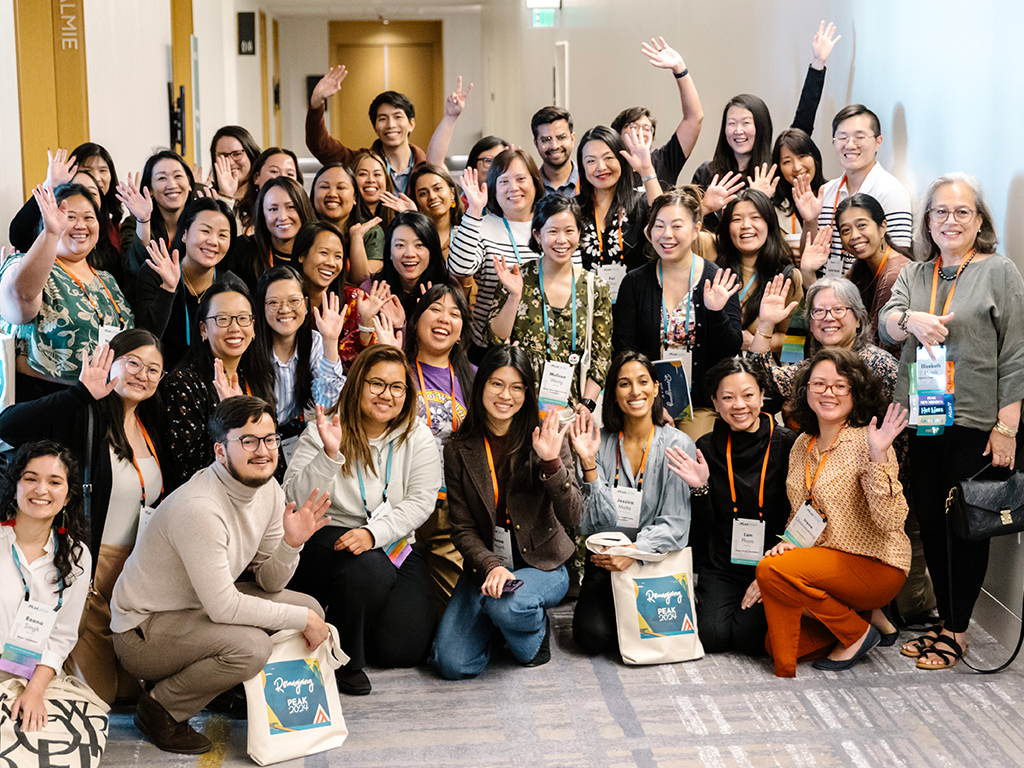Supporting Diversity, Equity, and Inclusion Efforts for Nonprofits

For philanthropy to advance equity in all communities, especially low-income communities and communities of color, it needs to be able to understand the demographics of the organizations being funded (and declined), the people being served, and the communities impacted. That data should be used to assess practices and drive decision making.
In the process of undertaking research on how funders are collecting and using demographic data, we surfaced a lot of myths and challenges around this topic that prevent our field from reaching the goal of being accountable to our communities and collecting this data for responsible and effective use.
Generally, about half of all grantmakers are collecting demographic data either about the communities they are serving or about the leaders of the nonprofits they have supported. Many collect this information at the point of application, when they ask for data about the demographics of either the community served, the nonprofits’ leaders, or both.
Like grantmakers, most nonprofits have largely white board members and white senior leadership. As the push for board diversity and leadership diversity heats up, many nonprofits worry that they will “lose points” on their grant applications for failing to increase their diversity.
Also like grantmakers, the cultures at nonprofits need a lot of work to be welcoming and inclusive environments for leaders of color. Even if initial recruitment and hiring numbers look good, ongoing retention and promotion numbers are more dismal. And, even if front-line and administrative staff may be diverse, leadership continues to be less so. We can do better, but it’s going to take moving beyond convening and conversation into making changes that increase the number people of color in positions of power.
It is important work.
Many nonprofit leaders are able to access training and professional development opportunities to build their skills in diversity, equity, and inclusion as one-off sessions at a conference or day-long workshops. However, it’s difficult to translate external learning opportunities into organizational change once you return to the office. Adding change efforts to a nonprofit staffer’s to-do list is not easy, and too often, when financial resources aren’t available, a staff member (who may or may not have the needed expertise or facilitation skills) is tasked to lead this effort rather than being able to be an engaged participant in the process.
It is also often expensive and time-consuming work.
If a nonprofit wanted to engage a consultant to assist in long-term organizational change, the price tag quickly rises into the tens of thousands of dollars. Very few nonprofits have the resources to hire the expertise they need to help them identify issues, plan for change, and build the skills and competencies that will be needed in order to shift and maintain a new organizational culture and demographic make-up of their board and staff, like:
- Assessing the organization’s culture, racial equity, or inclusion efforts
- Developing the knowledge, shared language, and shared understanding of the problem
- Having difficult conversations about culture, race, and inequity
- Change management and leadership for organizational culture initiatives
- Developing policies and practices that reflect a commitment to diversity, equity, and inclusion
- Enforcing policies and practices that reflect that same commitment
It is not easy work.
If you add up not easy, expensive, and time-consuming, it starts to lose priority on the balance of delivering on programs and serving people who need help. But, we’ve all been around long enough to know that what gets funded is what gets attention, time, and effort. Delivering on programs and serving people who need help doesn’t happen in a vacuum. It happens from within and as a result of the culture we have, and the culture we have is the culture we nurture and spend time on.
If all of the funders who have committed to the values of diversity, equity, and inclusion were to support diversity, equity, and inclusion work, it would signal to their nonprofit partners that this work is strategic – and necessary.
Ideally, nonprofit leaders would look a lot more like the communities they are serving – that is our shared goal. This goal has been recognized and called out by many in the nonprofit and philanthropic sector. But, it is still only a goal for most of us.
So, yes – funders should collect information about the demographics of communities being served in relation to a nonprofit’s leaders. If we don’t know what that data is right now, we’ll be unable to set or meet goals around increasing diversity, and we definitely won’t be able to hold ourselves accountable to the change. They should use this information to help them identify and support nonprofits doing it right – and to help those who aren’t.
It could be the most important work we do.
Here are some action steps funders can take right now:
- Be transparent with grantseekers and grantees and tell them how you are using the demographic data you collect from them.
- If you require your grantees to collect or report demographic data, help to build their capacity for collecting and reporting this information by funding technology, databases, and staff time committed to this effort.
- Seek out and give additional support to nonprofits led by diverse teams that are inclusive of the community they are serving in decision-making roles.
- Fund DEI skill building and efforts to shift culture in support of recruiting, hiring, retaining, and promoting leaders of color.
- Read the report from the Center for Effective Philanthropy, Nonprofit Diversity Efforts: Current Practices and the Role of Foundations.


